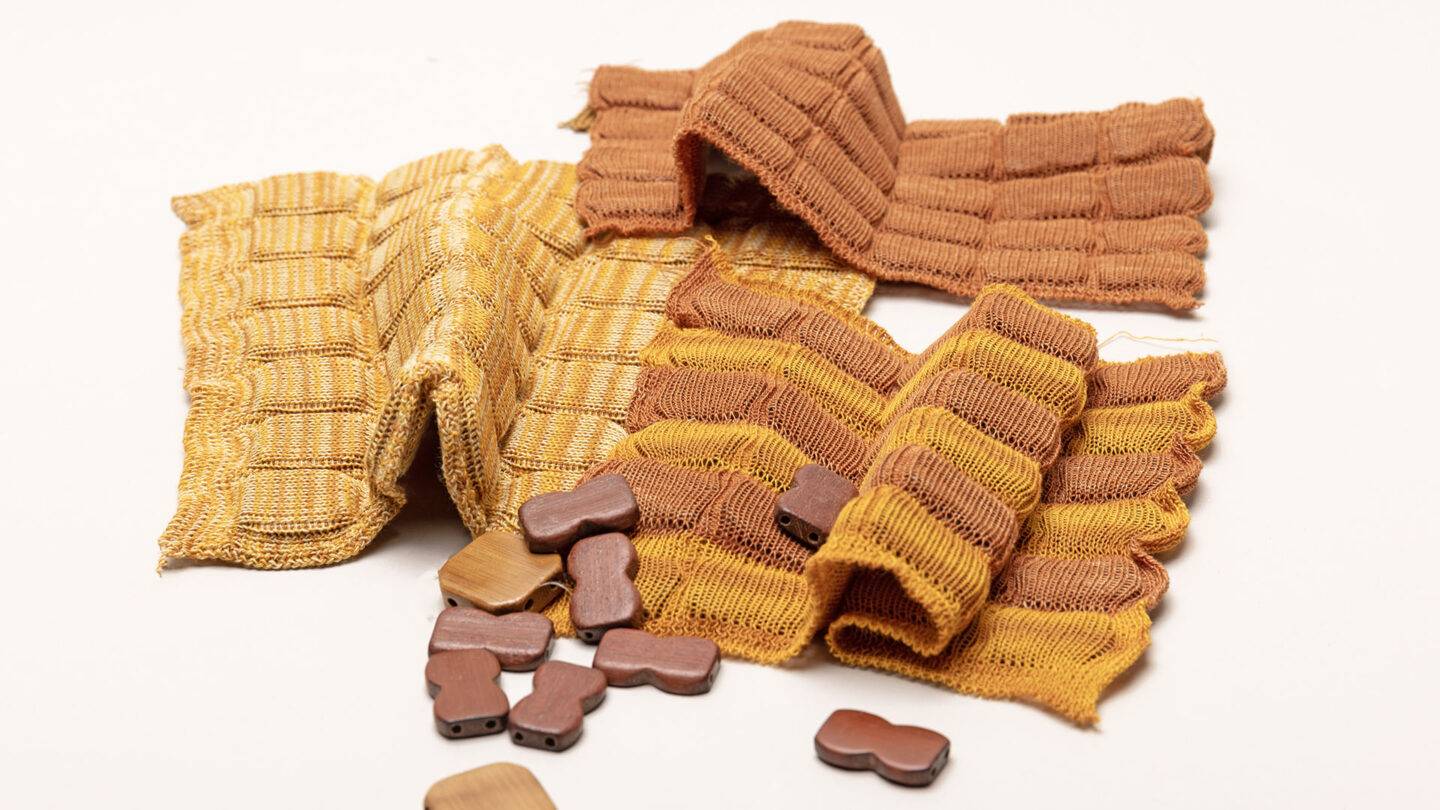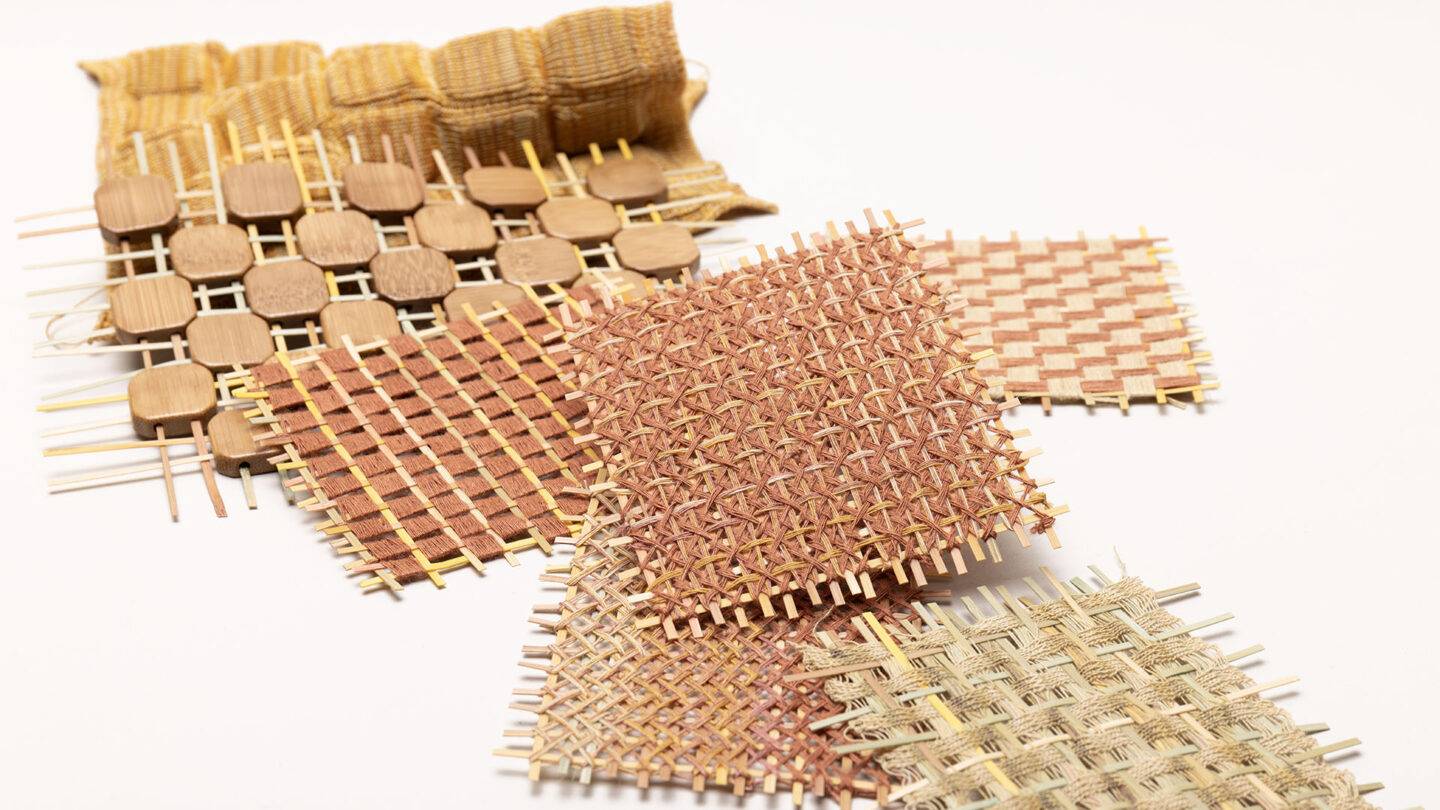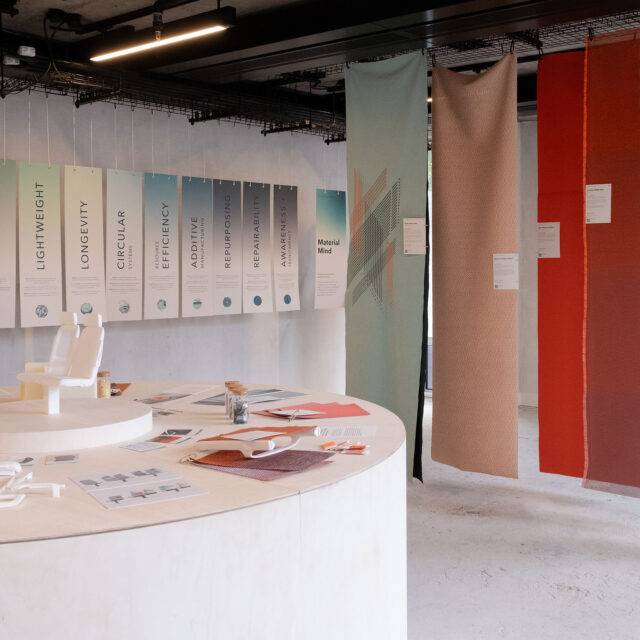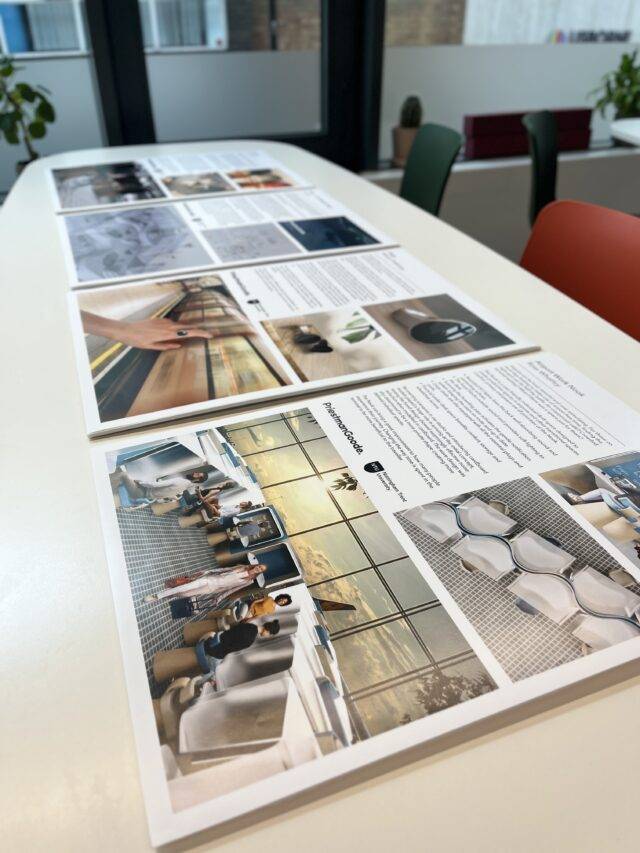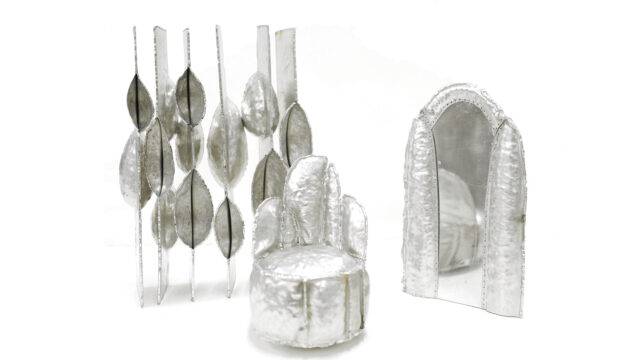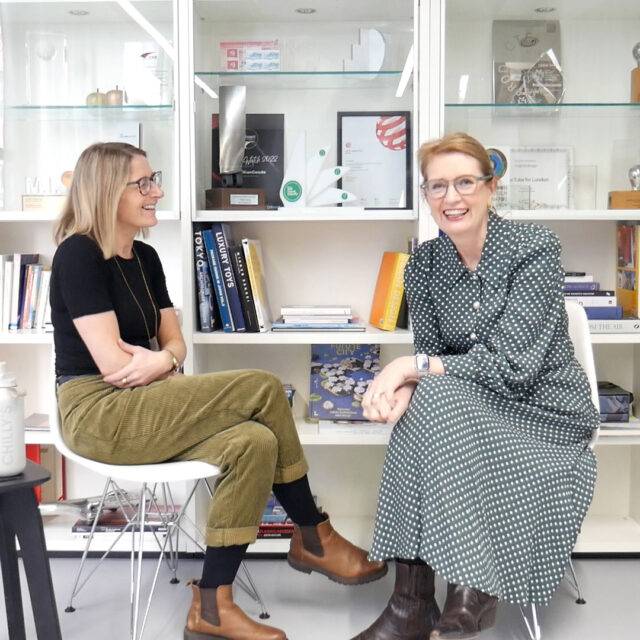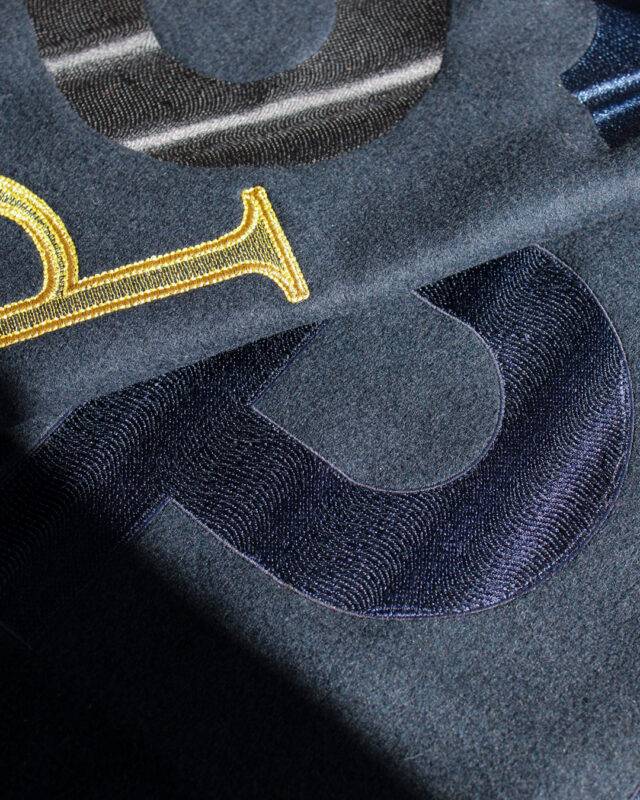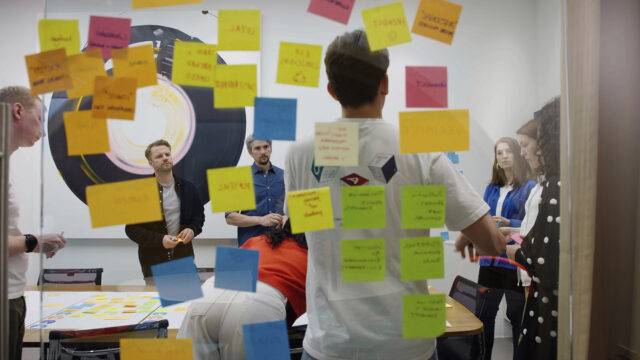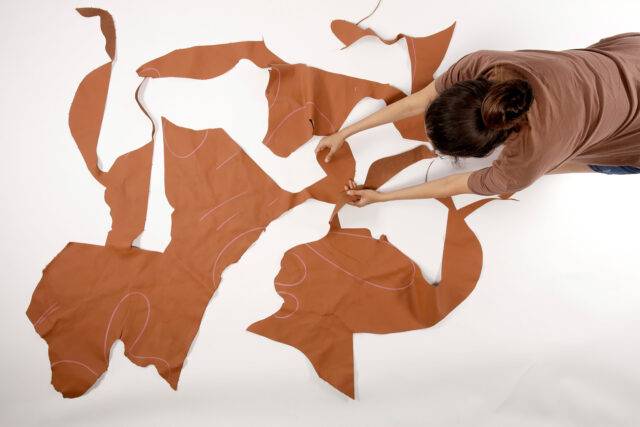
PG x RCA Textiles 2025: Journey of a Resource
In 2025, PriestmanGoode marks nine years of partnership with the RCA, reaffirming our commitment to creative education and nurturing the next generation of designers.
This year’s PG design brief focused on the creation of a mono-material palette for a wide-range of transport interiors. Students were challenged to explore how a single material source – wood, metal, plastic or a pure fibre/textile could be altered different processes to produce a range of hard and soft outcomes, forming a cohesive mixed mono-material palette. The focus was on transforming the material by exploring multiple processes and techniques, rather than depending on binders or additives that could compromise its circularity. The brief encouraged students to rethink conventional approaches, with an emphasis on creating outcomes that are reusable, recyclable and biodegradable. Through hands-on making, research, and innovative process-led exploration, students developed a palette of outcomes that responded to both function and sensory experience, pushing innovation by reconfiguring a familiar material into something completely new.
Congratulations to Zitong Hao, who has been awarded a four-week paid placement at PriestmanGoode, working alongside our in-house CMF design team. In recognition of this year’s high standard, Jasmine Bunga Mahardhkia, Wei Shan Chen and Jing Pu were all highly commended for their projects.
Zitong Hao
Zitong Hao’s project Aluminium investigated the overlooked properties of the material and questioned its fixed associations with rigidity. Inspired by how plants reshape structures, she explored how aluminium could be expressed in softer and more organic ways. She tested processes such as melting, welding, polishing, weaving, hammering, pressing, embroidery, and wrapping to uncover new material expressions. The outcome, the Inflated Series – a collection of furniture and interior products – all polished and reflective sculptural pieces that proposed new uses for aluminium. The project highlighted the materials potential for sustainable and adaptable applications for transport design. Zitong had the opportunity to work with our CMF and visualisation team to reimagine our Zero Take Away packaging, applying her unique material-focused approach.
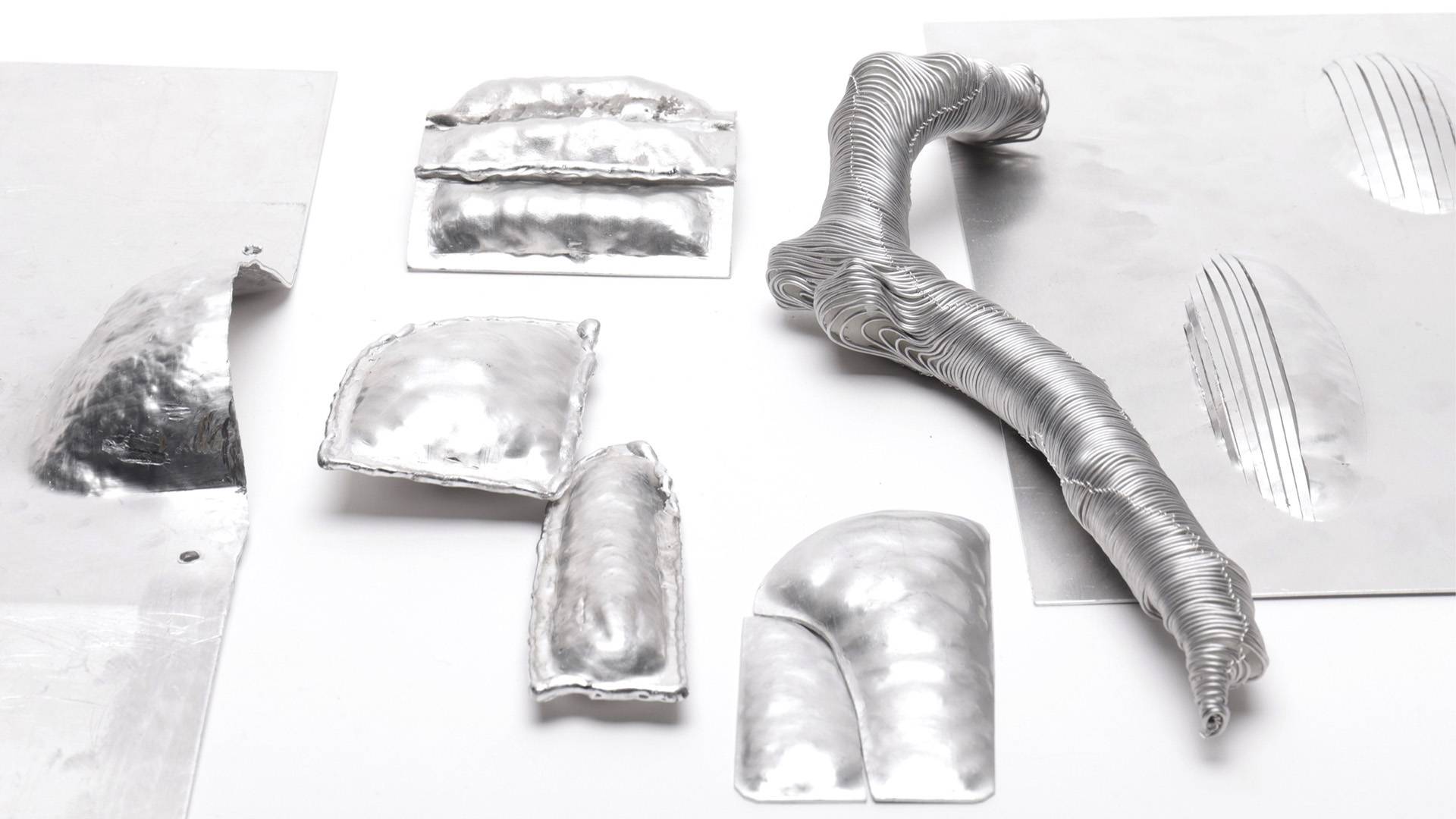

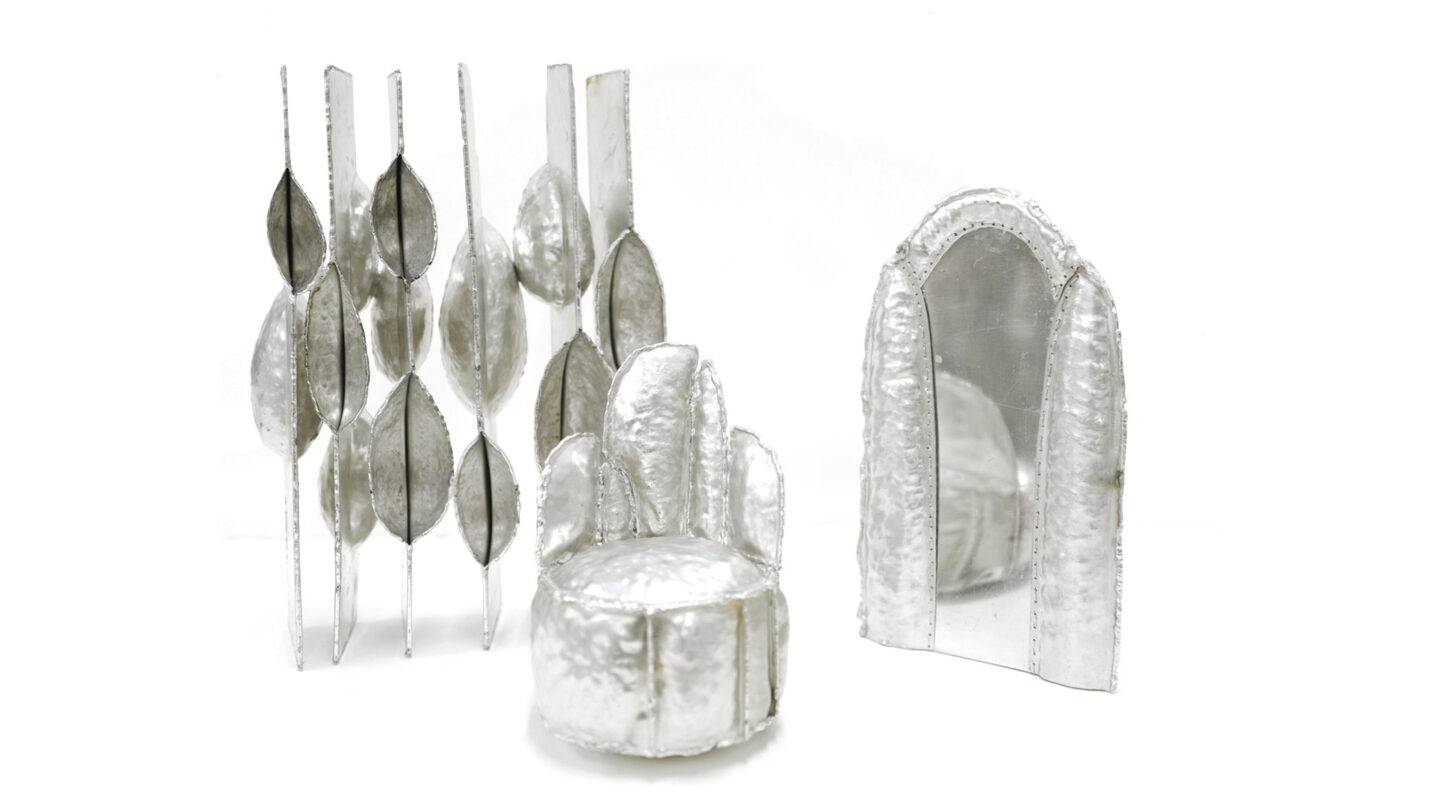
Jasmine Bunga Mahardhika
In Inherited Future, Jasmine Bunga Mahardhika explored banana plant as a material source for car interiors. Around 40% of each harvested banana plant becomes agricultural waste, which she processed into banana fibre, a regenerative and low-carbon material. Her method involved pulping, fibre extraction, and dyeing with natural pigments before weaving the material on a handloom. She also compressed the fibres to form harder, rigid samples. The resulting material palette included both soft textiles and structural three-dimensional forms, applied to visualisations of car seat covers, dashboards, and side panels. The project demonstrated banana fibre’s potential as a circular alternative to conventional automotive materials.
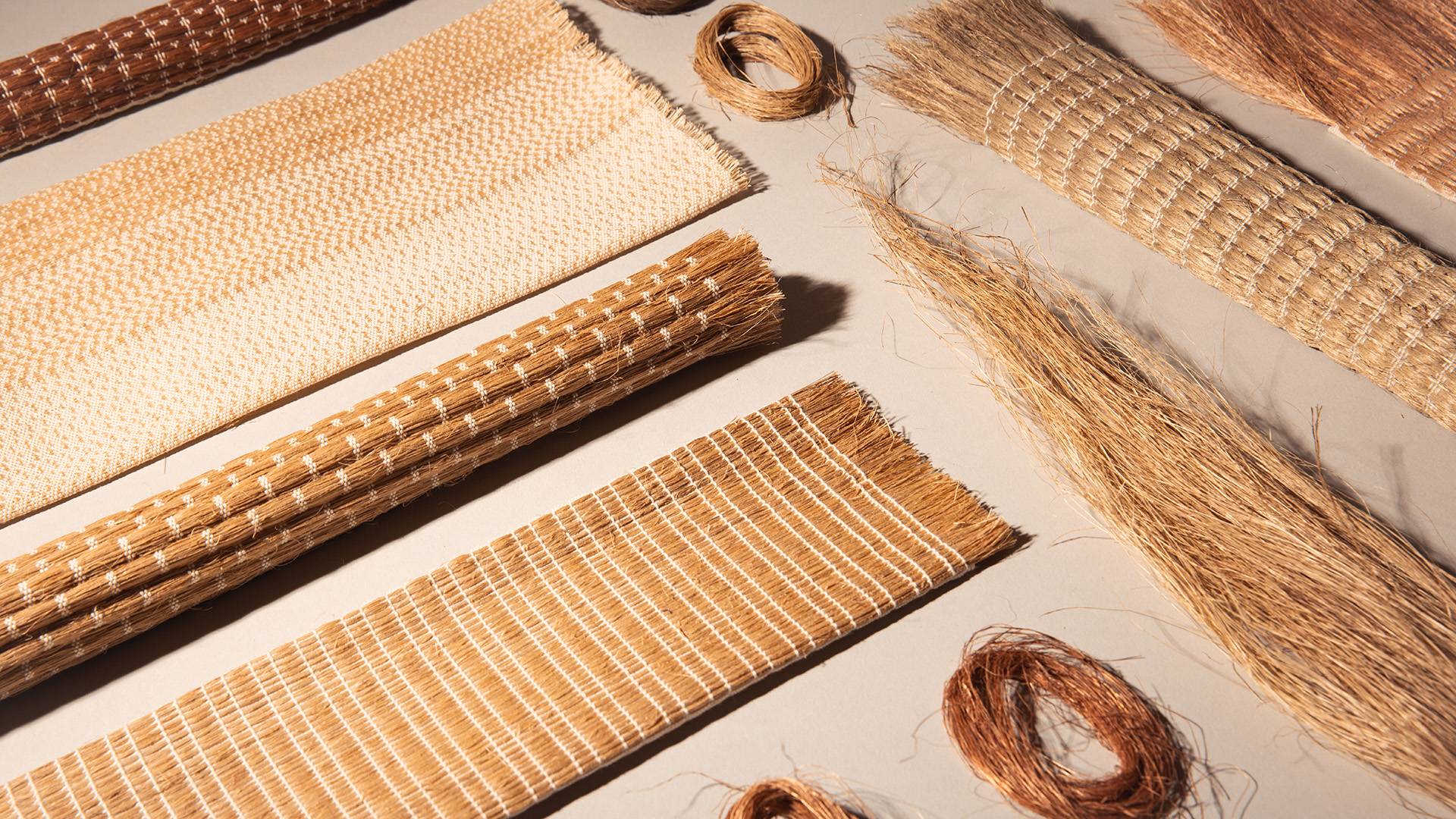
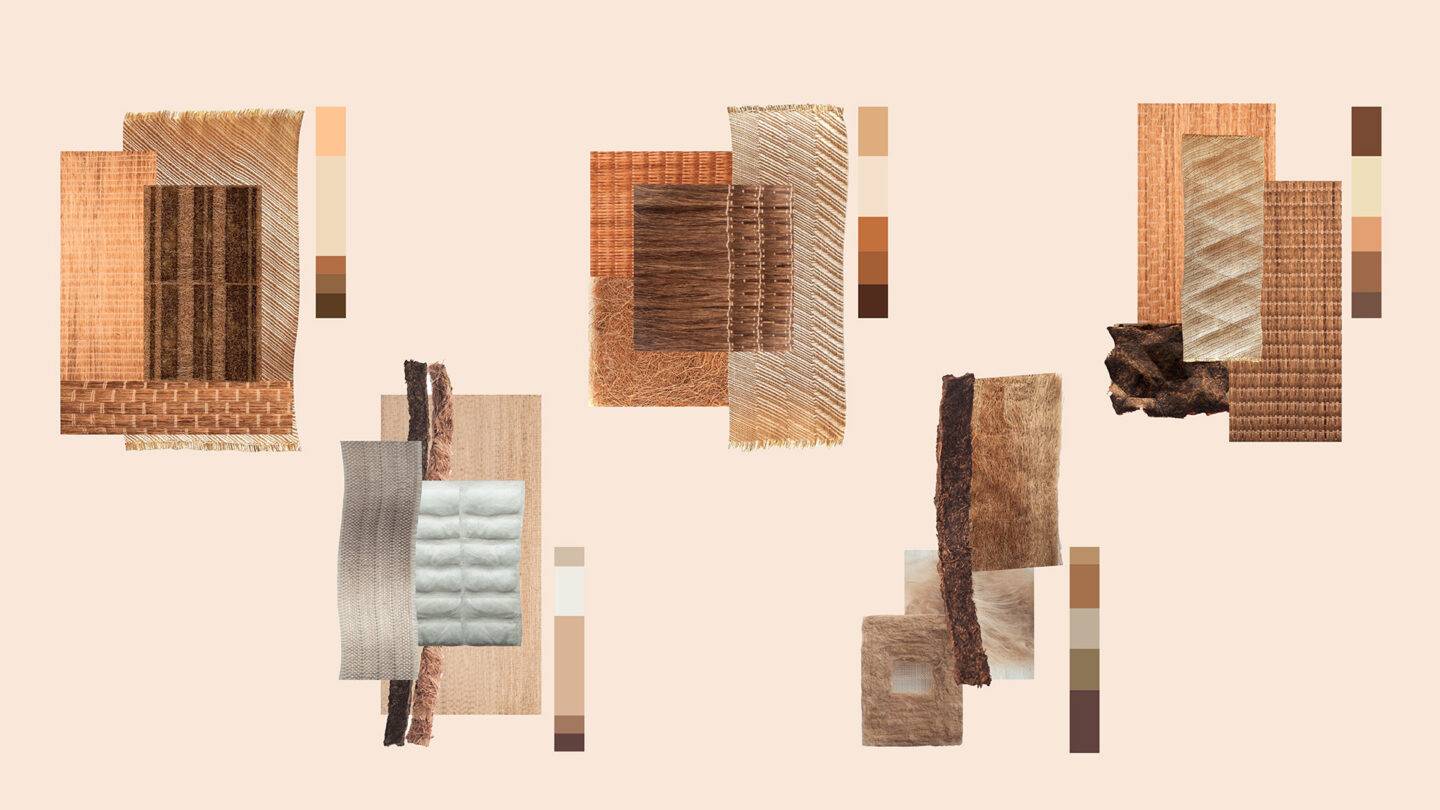
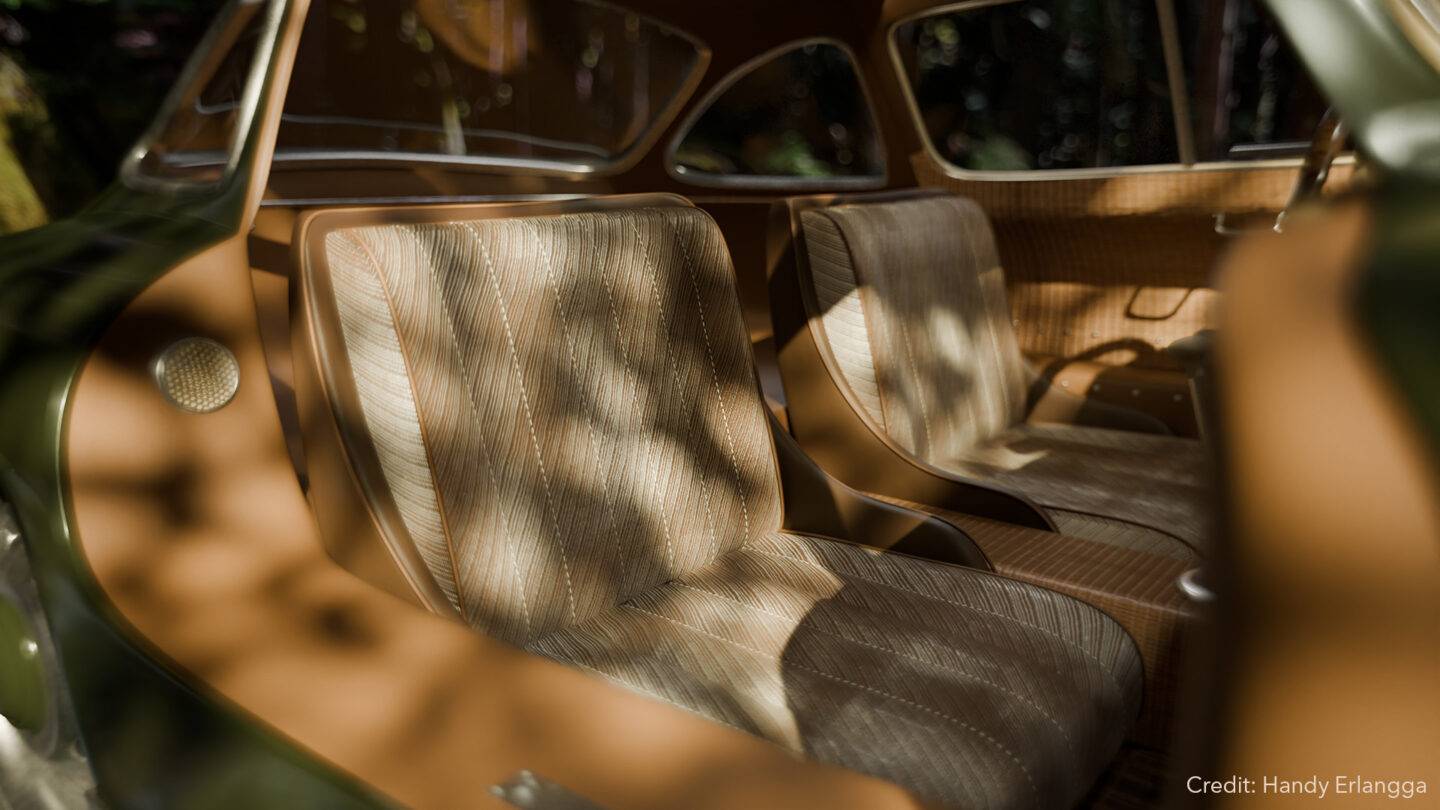
Wei Shan Chen
Emotive Willow by Wei Shan Chen examined willow as a mono-material applied to surface and lighting designs for airport lounges. The project investigated how willow could shape light, colour, texture, and tactile experience, for passengers. Wei Shan Chen processed every part of the raw willow, transforming bark into fibres and pulp and combining it with methyl cellulose for structural applications. She created both panels and sheets using techniques of deconstruction, reprocessing, and natural dyeing. The final collection featured gradient tones, linear growth patterns, and organic light diffusion. It showcased willow’s potential as a sustainable and versatile material for both functional and aesthetic uses.

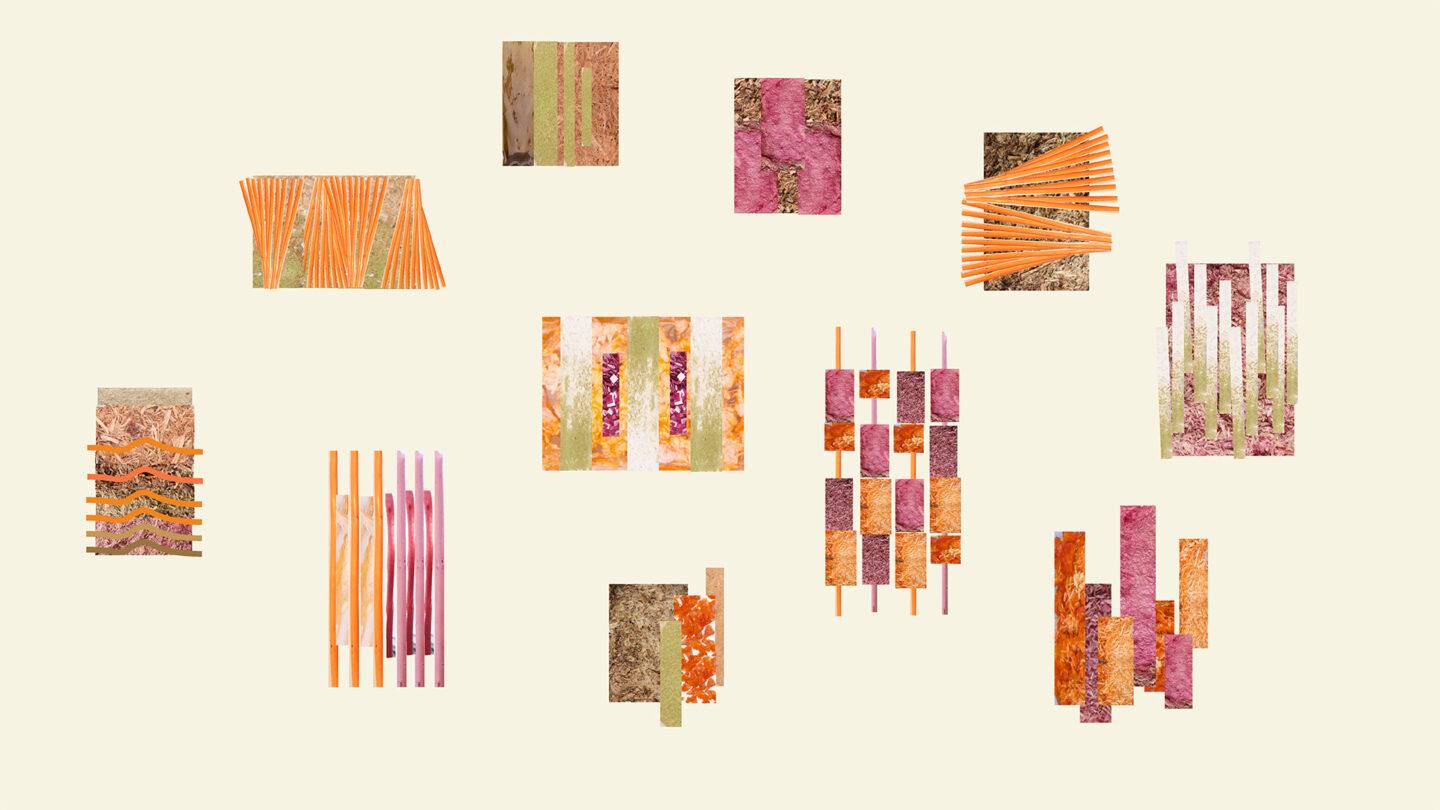
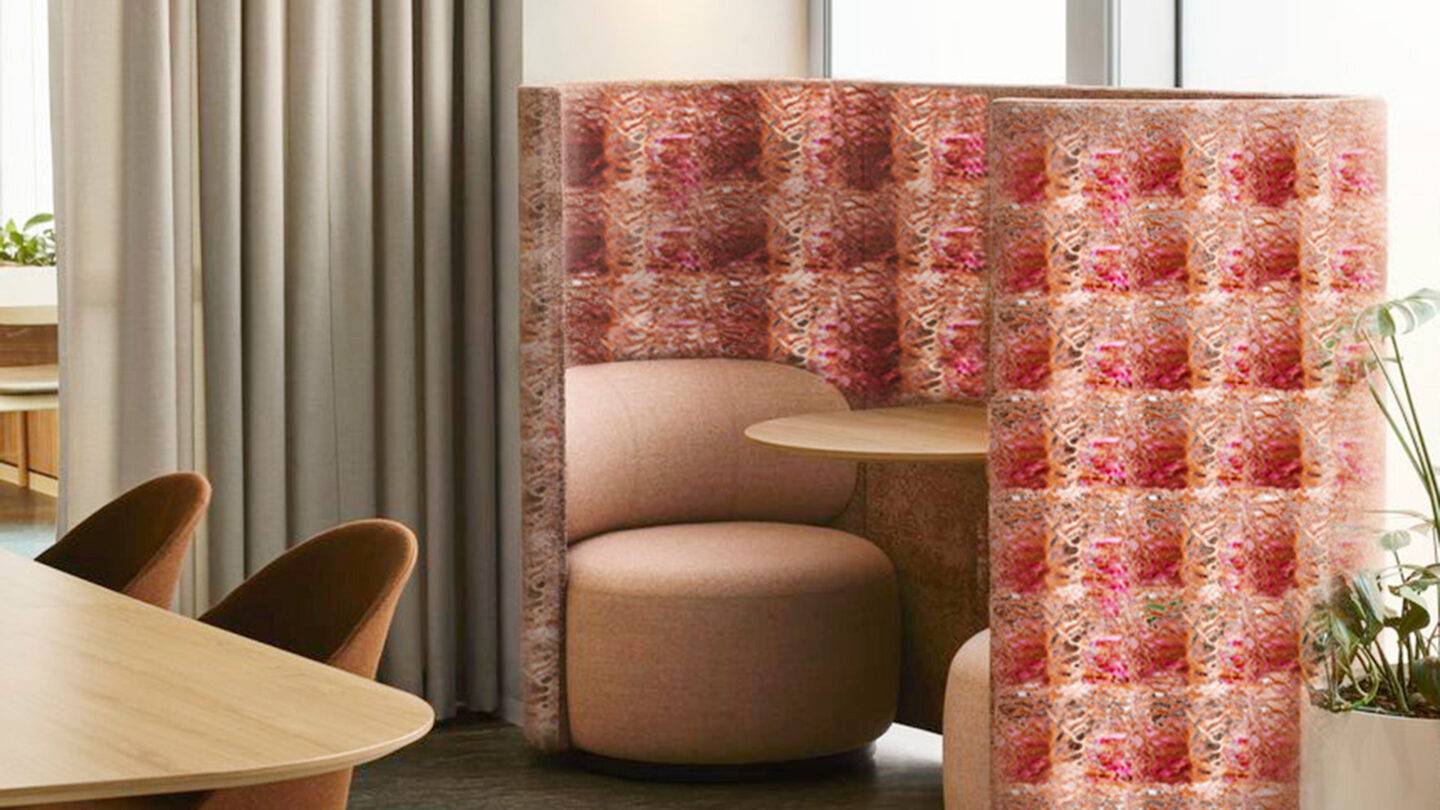
Jing Pu
In Tranquility in Touch, Jing Pu reimagined bamboo as a mono-material palette to bring comfort and relaxation into transport interiors. Responding to the pressures of an increasingly fast-paced society, the project asks how travel spaces might offer moments of calm and wellbeing without compromising functionality. Bamboo was chosen for its sustainability, low water use, and natural antibacterial, breathable qualities. Jing Pu explored the material in different forms ranging from ripple-knit fabrics to woven, dry bamboo, creating both soft and rigid samples. She also experimented with natural dyes to develop a palette of warm browns and soft tones. The final collection included woven textiles and structural elements for seating, mats, and panels, presenting bamboo as a versatile material for transport interiors.

